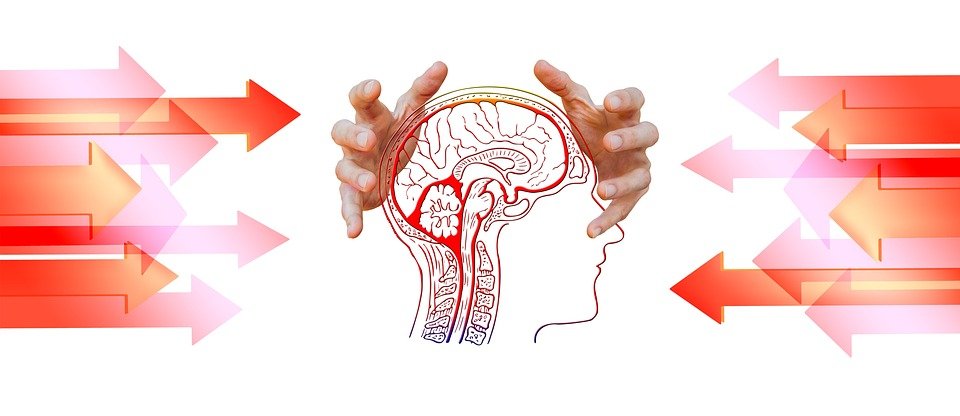Zavegepant Nasal Spray (Zavzpret) is a small-molecule, competitive antagonist of the calcitonin gene-related peptide (CGRP) receptor, which is a target for the treatment of migraine. CGRP is a neuropeptide that is found in high levels in the trigeminal nerve, which is believed to play a role in migraine pathogenesis.
CGRP exerts its effects on the vasculature, smooth muscle, and sensory neurons via the CGRP receptor, which is a G protein-coupled receptor. The binding of CGRP to its receptor leads to the activation of adenylate cyclase, which increases intracellular cyclic AMP (cAMP) levels, resulting in vasodilation, neurogenic inflammation, and pain.
Zavegepant works by competitively binding to the CGRP receptor, preventing CGRP from binding and activating the receptor. This leads to a decrease in cAMP levels and a reduction in vasodilation, neurogenic inflammation, and pain associated with migraine.
Zavegepant nasal spray has been shown to be highly selective for the CGRP receptor, with no significant activity against other receptors or enzymes. Zavegepant is administered via a nasal spray, which allows for rapid absorption and onset of action, making it an attractive option for the acute treatment of migraine.
| Pharmacodynamic Properties | Information |
| Receptor Binding | Zavegepant selectively binds to calcitonin gene-related peptide (CGRP) receptors, which are believed to play a key role in the pathogenesis of migraines. |
| Inhibition of CGRP signaling | Zavegepant inhibits the binding of CGRP to its receptors and prevents the activation of downstream signaling pathways, resulting in the reduction of CGRP-mediated vasodilation, inflammation, and pain transmission. |
| Vasodilation | CGRP is a potent vasodilator that promotes the dilation of blood vessels in the brain and other tissues. By inhibiting CGRP signaling, Zavegepant reduces vasodilation and may help to alleviate migraine symptoms. |
| Inflammation | CGRP is also involved in the regulation of inflammation, which is believed to contribute to the development and maintenance of migraines. By inhibiting CGRP signaling, Zavegepant may help to reduce inflammation and associated symptoms. |
| Pain Transmission | CGRP is thought to play a role in the transmission of pain signals in the nervous system. By inhibiting CGRP signaling, Zavegepant may help to reduce the transmission of pain signals and alleviate migraine pain. |
| You may also like to read: |
Pharmacokinetic Parameter | Zavegepant nasal spray |
| Bioavailability | Approximately 0.06% |
| Protein binding | Approximately 90% bound to human plasma proteins |
| Metabolism | Primarily metabolized by CYP3A4 |
| Elimination half-life | Approximately 2.2 to 2.8 hours |
| Clearance | Approximately 14 to 17 L/hour |
| Excretion | Approximately 75% of the administered dose is excreted in urine, primarily as metabolites |
Note: The pharmacokinetic parameters are based on single-dose and multiple-dose studies in healthy volunteers and patients with migraine.
| You may also like to read: |
Zavegepant nasal spray: Indication and usage:
Zavegepant is indicated for the acute treatment of migraine with or without aura in adults. It is not intended for the preventive therapy of migraine.
Zavegepant should only be used when a clear diagnosis of migraine has been established. The safety and effectiveness of Zavegepant have not been established for the treatment of cluster headaches.
How effective is Zavegepant nasal spray in the treatment of migraine
Migraine is a common neurological disorder characterized by recurrent headaches that can cause significant impairment in daily life. It affects approximately 1 in 7 people worldwide and is more common in women than men.
Migraine attacks are often accompanied by other symptoms such as nausea, vomiting, and sensitivity to light and sound. While several treatments are available for migraines, there is still a need for more effective therapies.
One promising new treatment for migraines is Zavegepant, a calcitonin gene-related peptide (CGRP) receptor antagonist. CGRP is a neuropeptide that is released during migraines and is believed to play a key role in the development of headache pain. By blocking the CGRP receptor, Zavegepant reduces the release of CGRP and may prevent or reduce the severity of migraine attacks.
Several clinical trials have been conducted to evaluate the effectiveness of Zavegepant in the treatment of migraines. One study involved 240 patients who experienced moderate to severe migraine attacks. The patients were randomly assigned to receive either Zavegepant or a placebo nasal spray at the onset of a migraine attack.
The study found that 19% of patients in the Zavegepant group were pain-free after 2 hours, compared to only 6% of patients in the placebo group. Additionally, 34% of patients in the Zavegepant group experienced pain relief after 2 hours, compared to 21% of patients in the placebo group.
Another study evaluated the effectiveness of Zavegepant in preventing migraines. In this study, 248 patients with a history of migraines received either Zavegepant or a placebo nasal spray twice a day for 12 weeks.
The study found that patients in the Zavegepant group had a 3.3-day reduction in migraine days per month, compared to a 2.1-day reduction in the placebo group. Additionally, 46% of patients in the Zavegepant group had a 50% or greater reduction in their migraine days, compared to 26% of patients in the placebo group.
Zavegepant has been well-tolerated in clinical trials, with no serious adverse effects reported. The most common side effects were mild and included nasal discomfort, abnormal taste, and throat irritation.
| You may also like to read: |
In conclusion:
Zavegepant nasal spray shows promise as an effective treatment for migraines. Its ability to block the CGRP receptor may provide relief for those who suffer from this debilitating condition. While more research is needed to fully understand its long-term effects and safety, Zavegepant offers hope for those seeking new and improved treatments for migraines.
